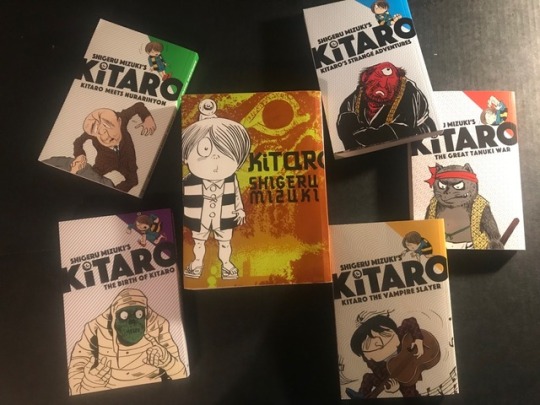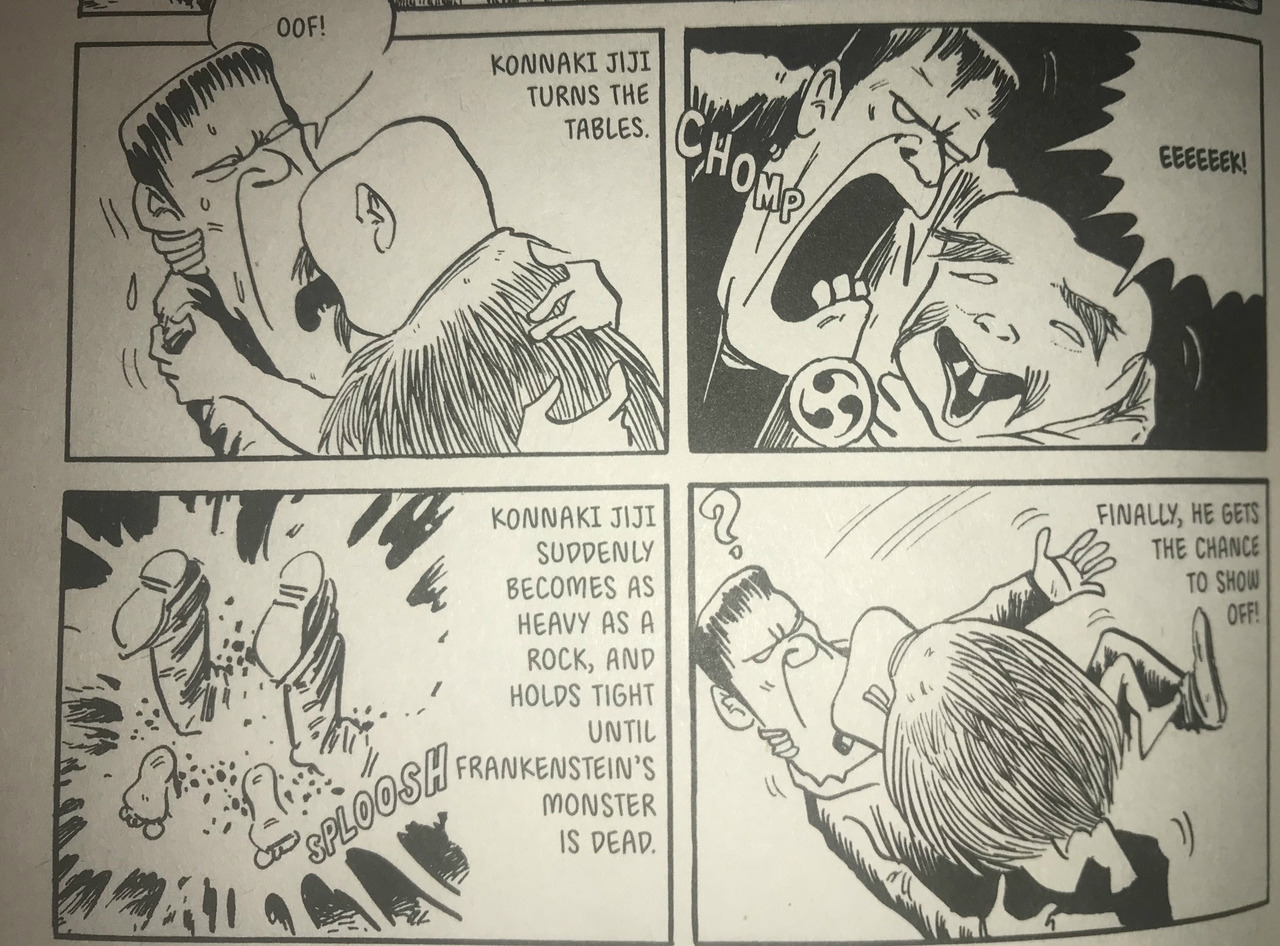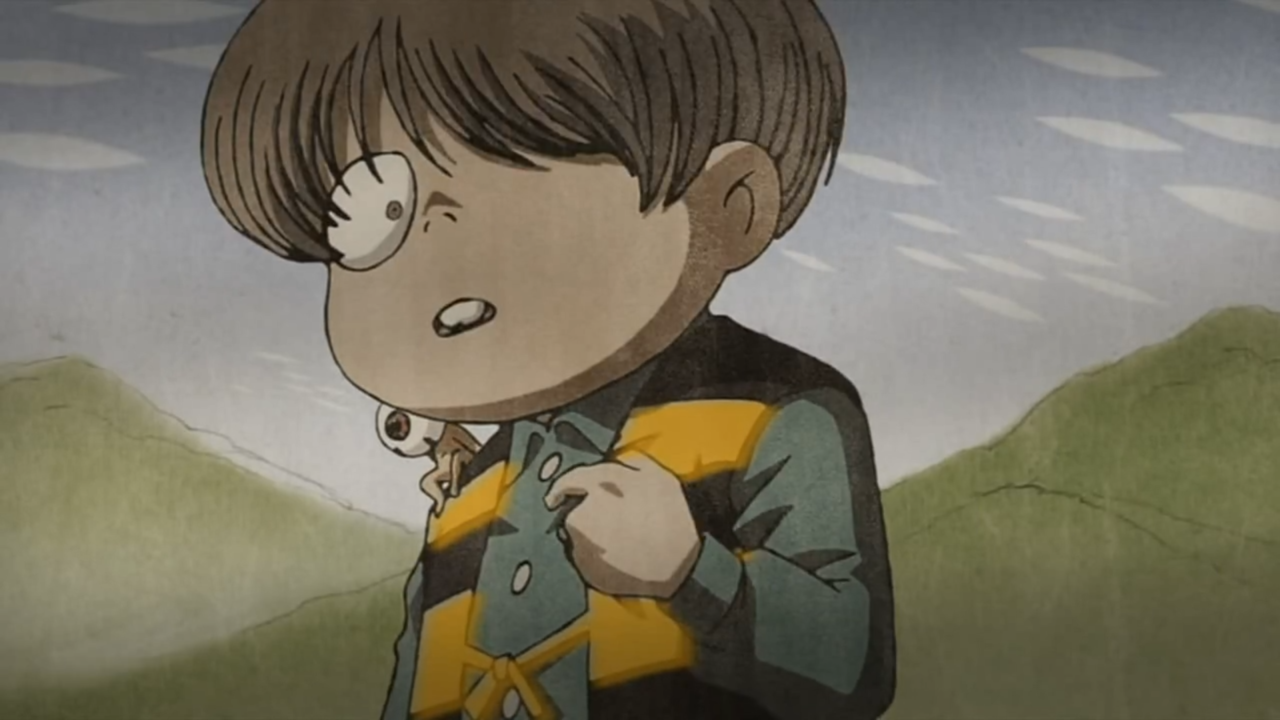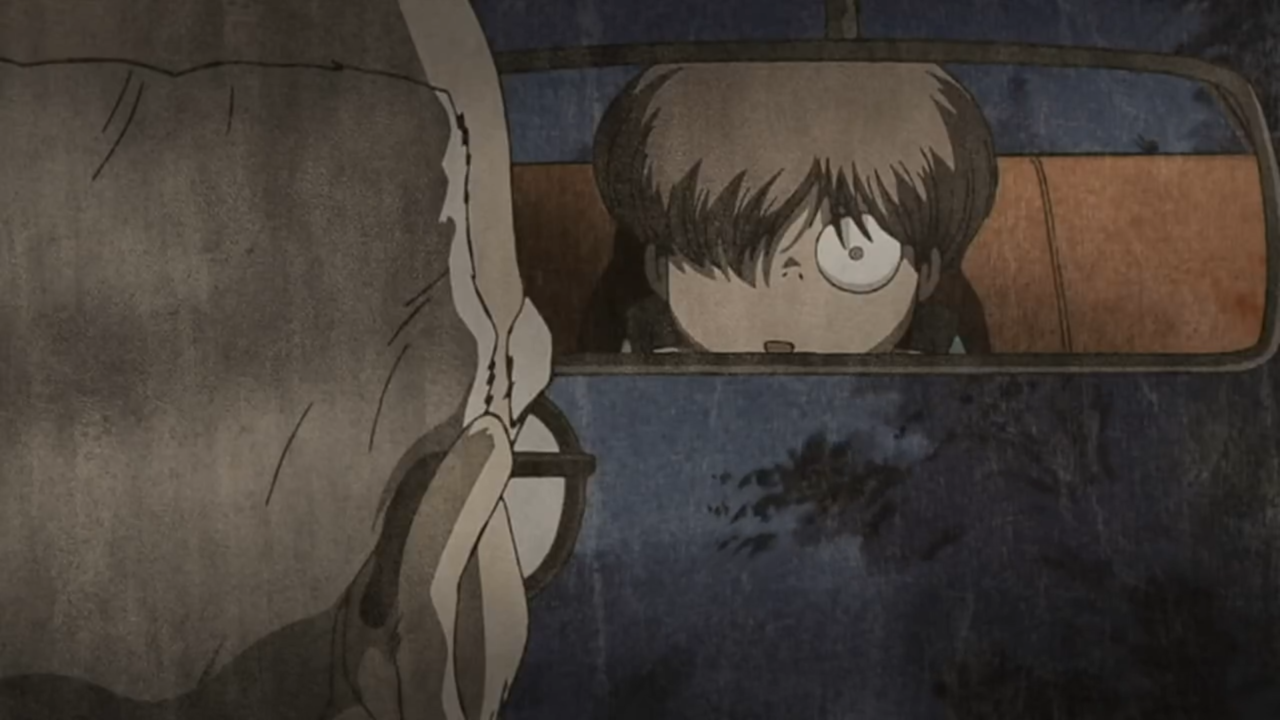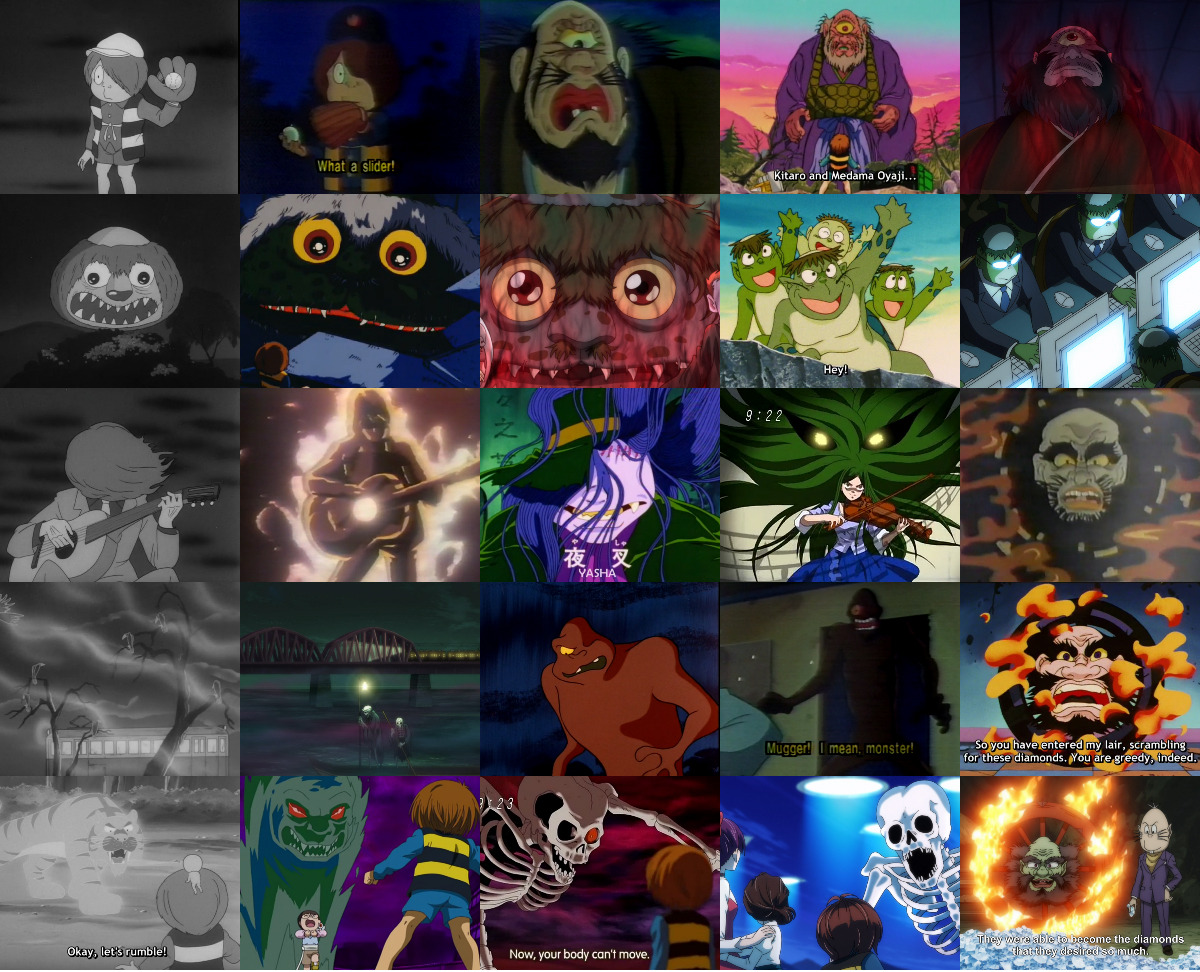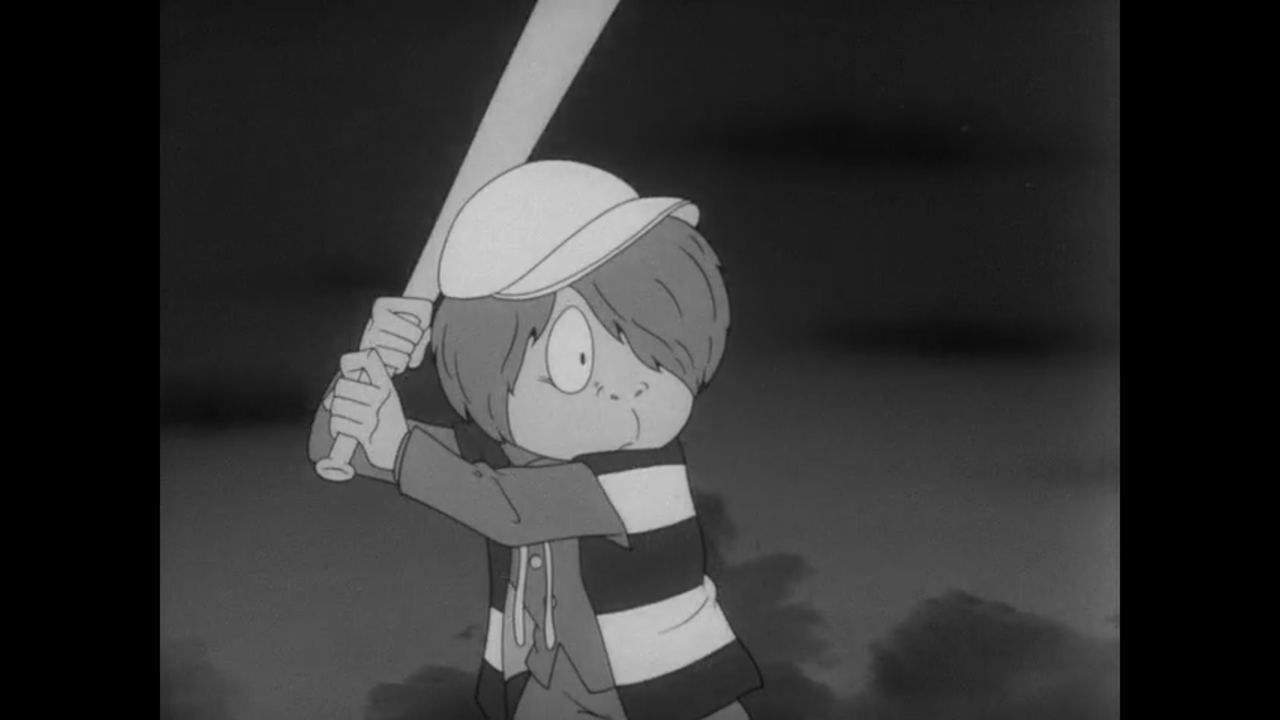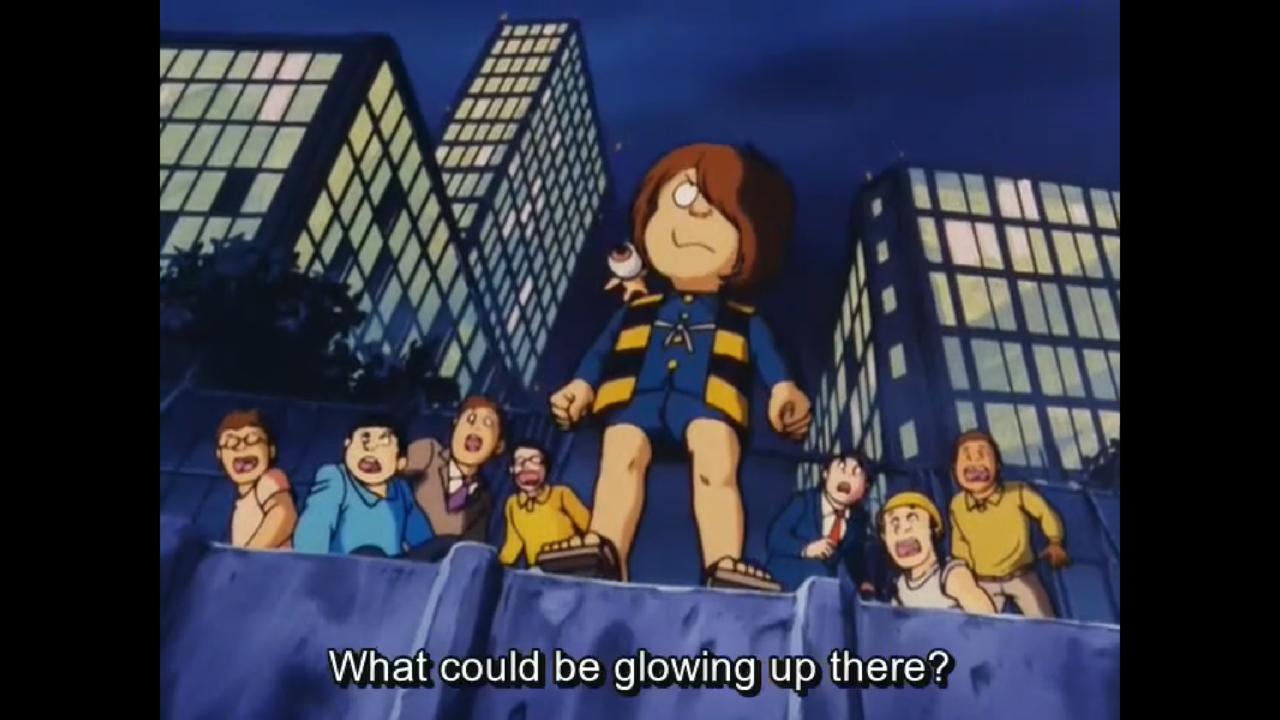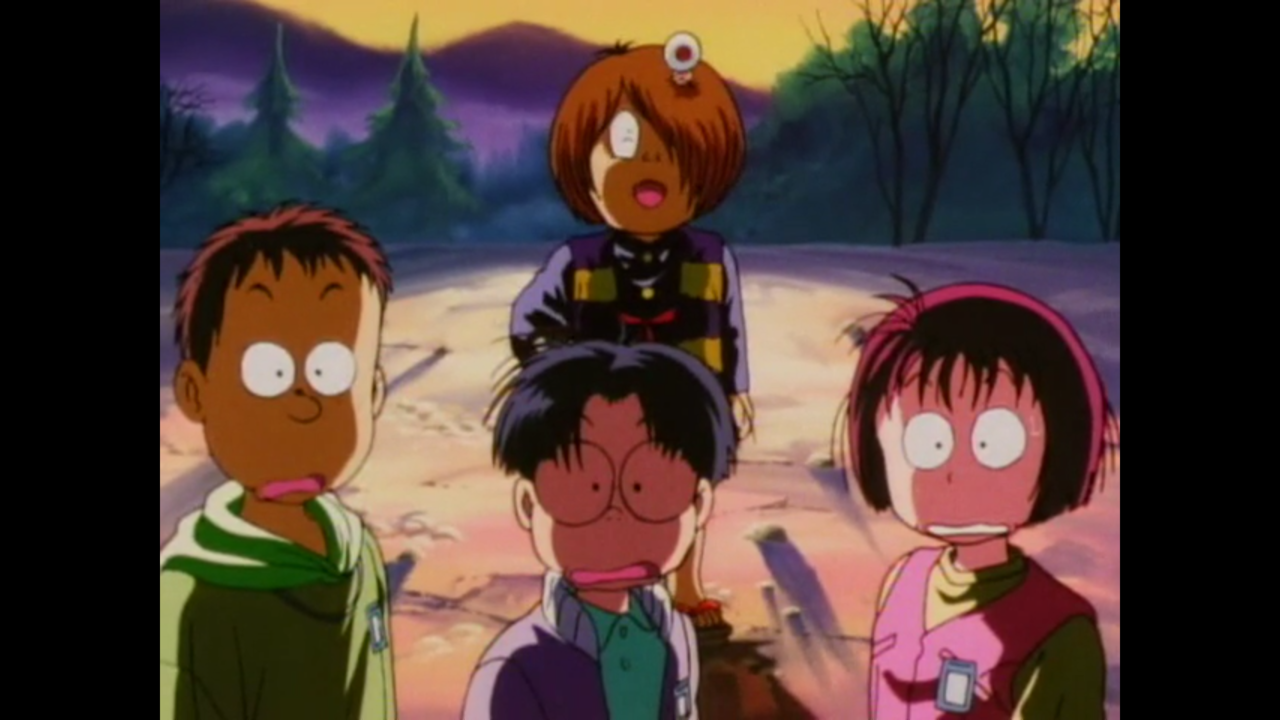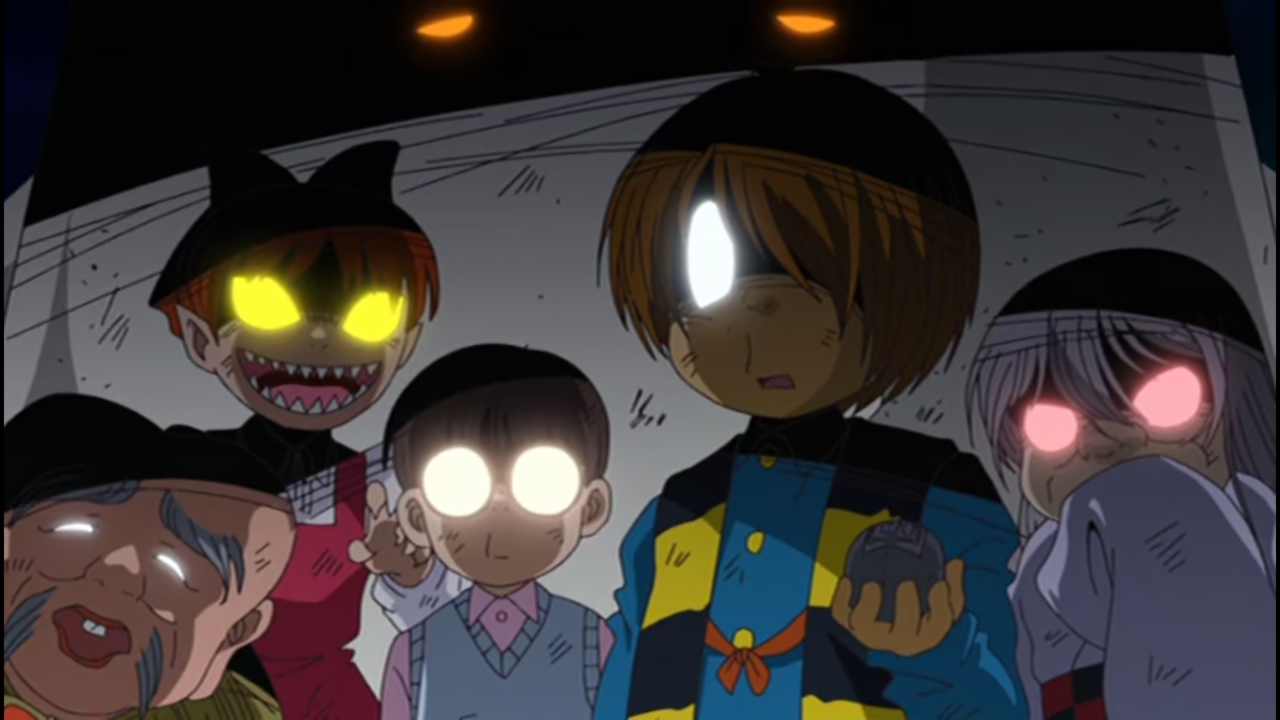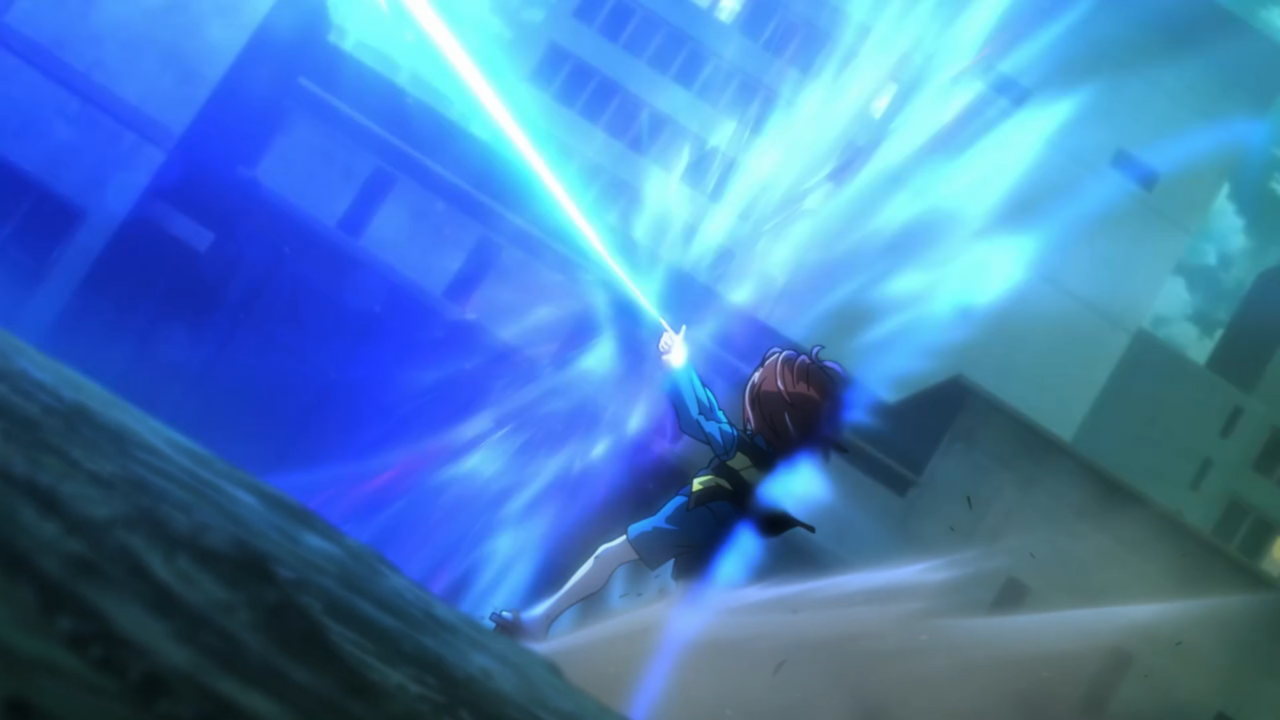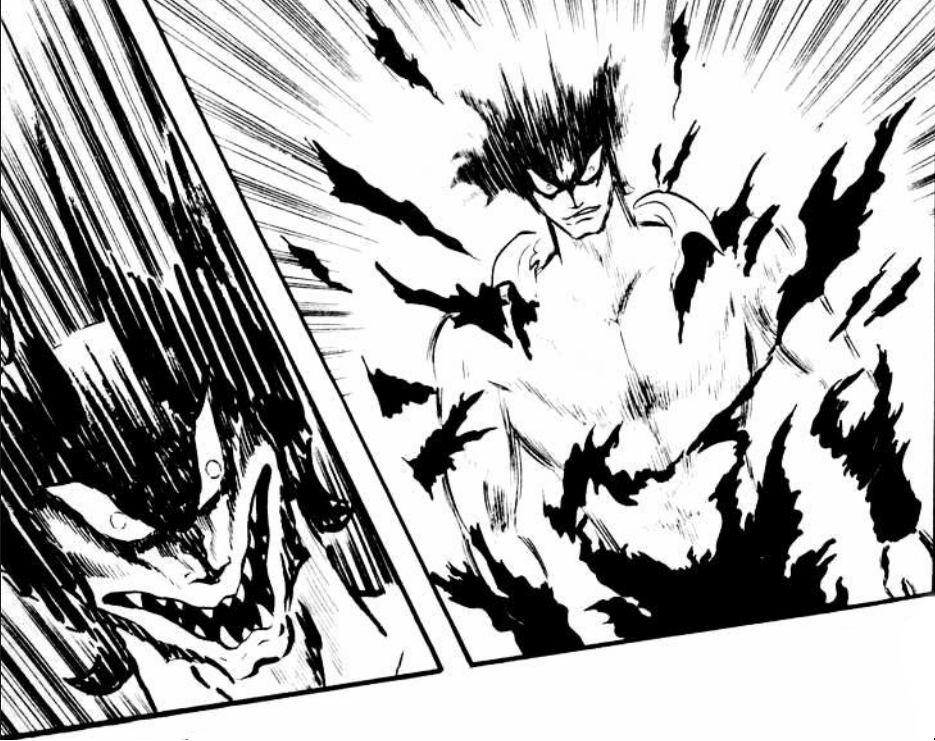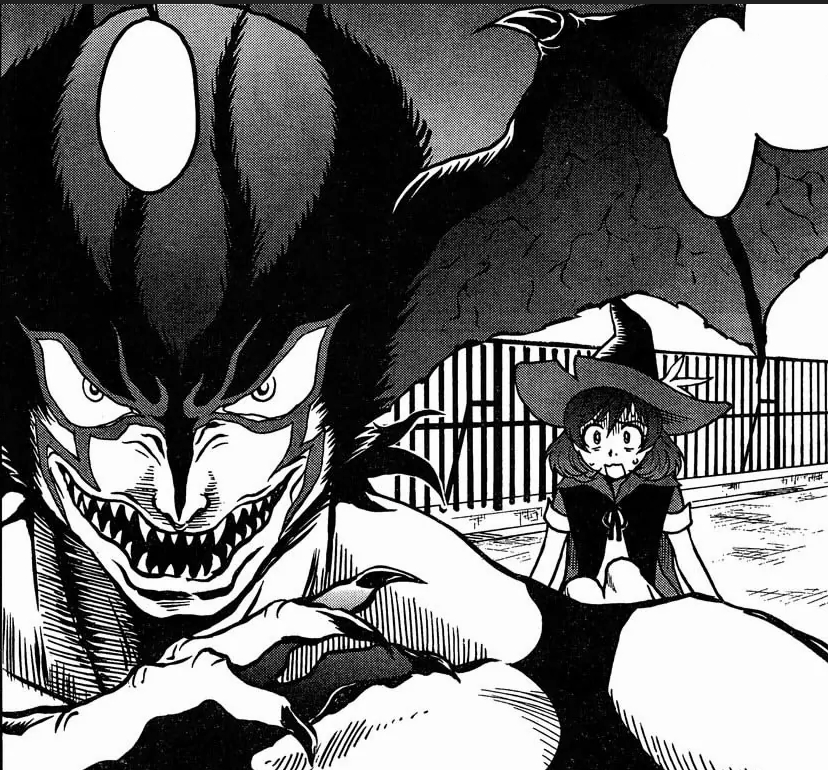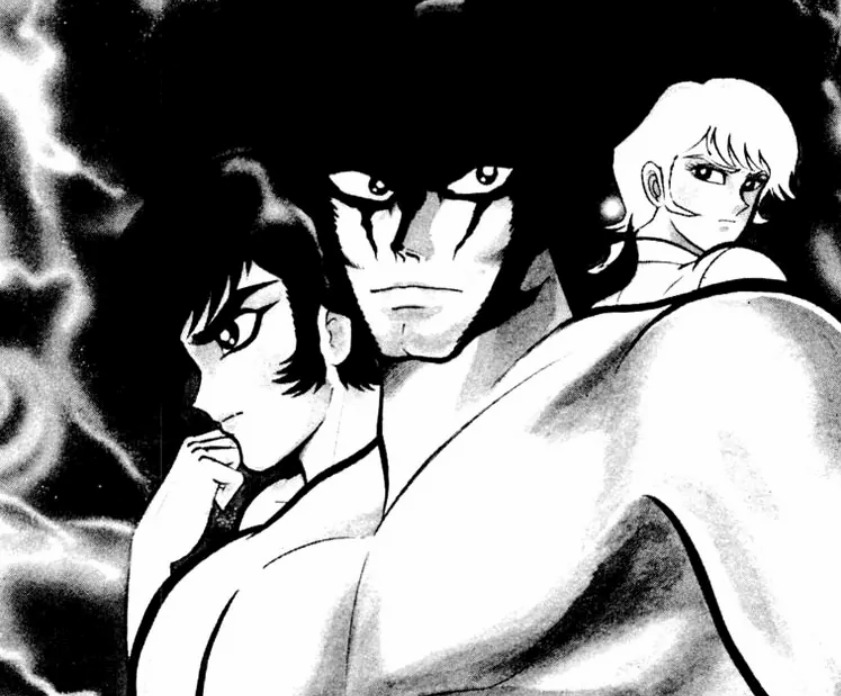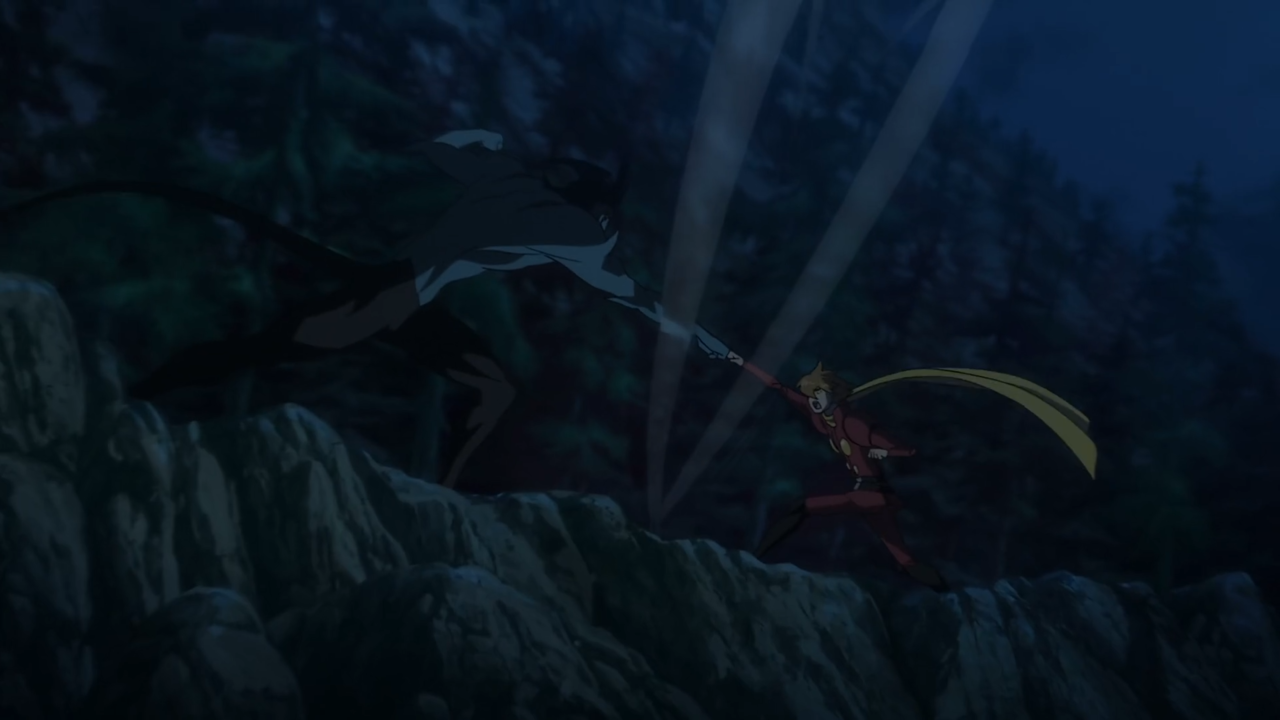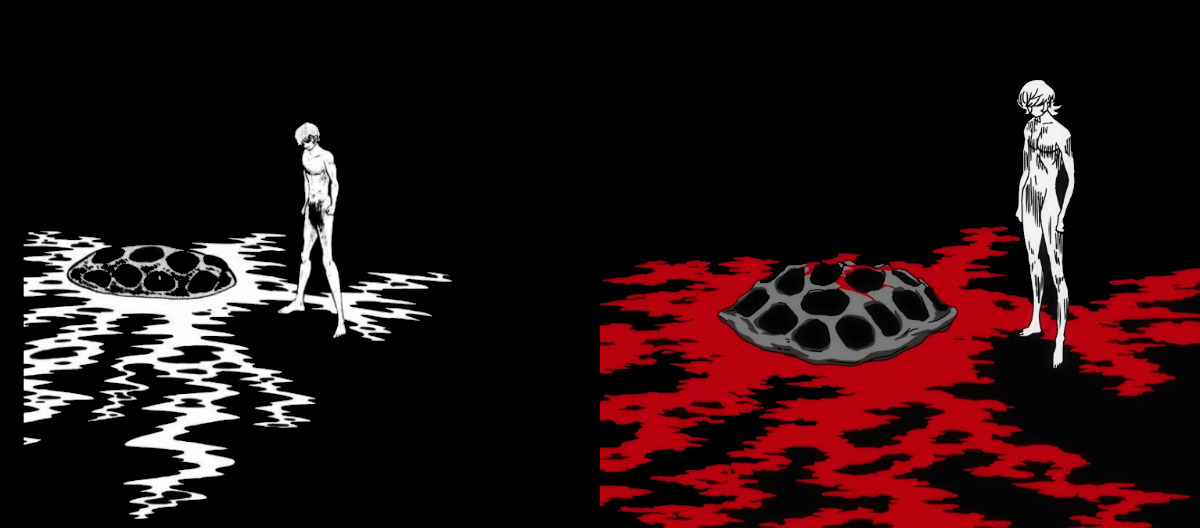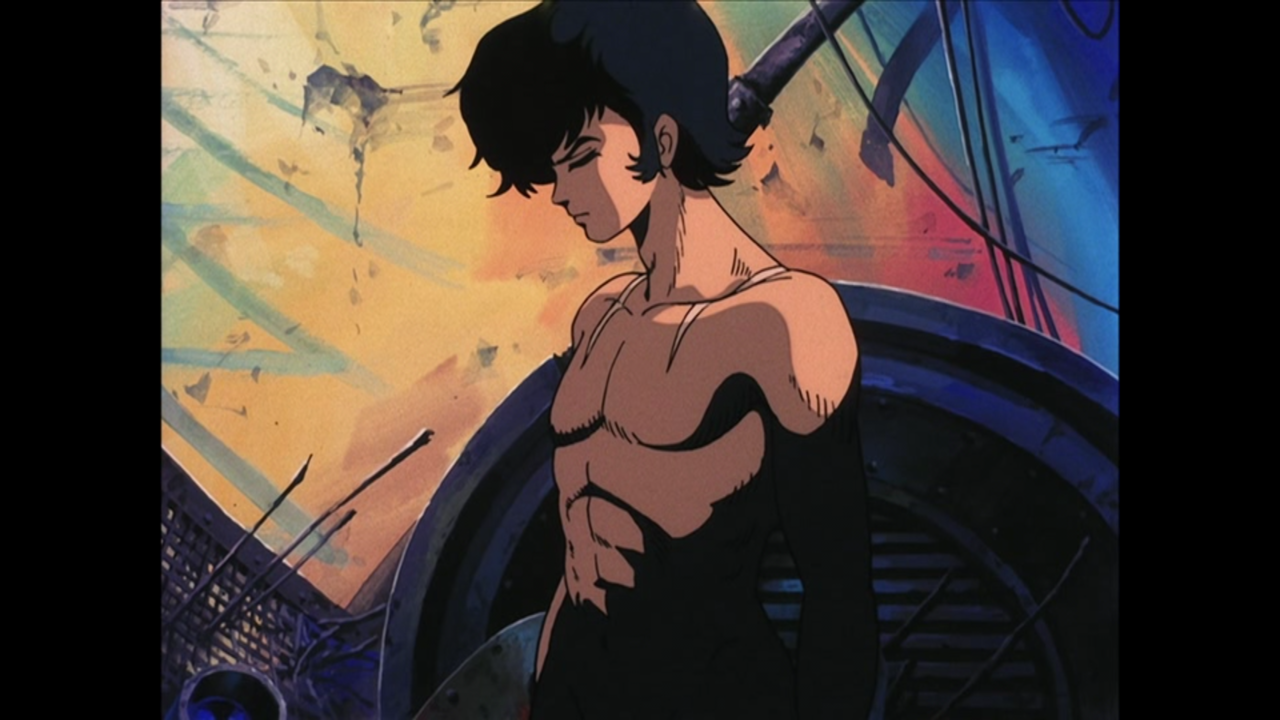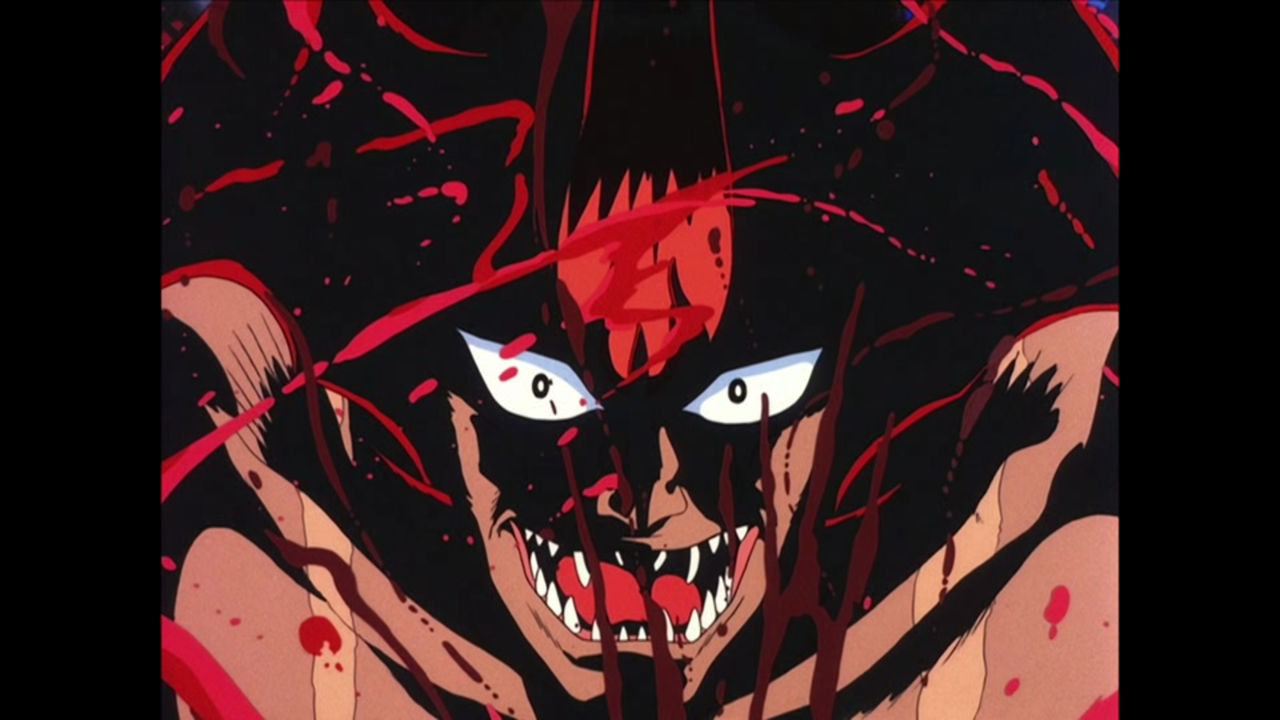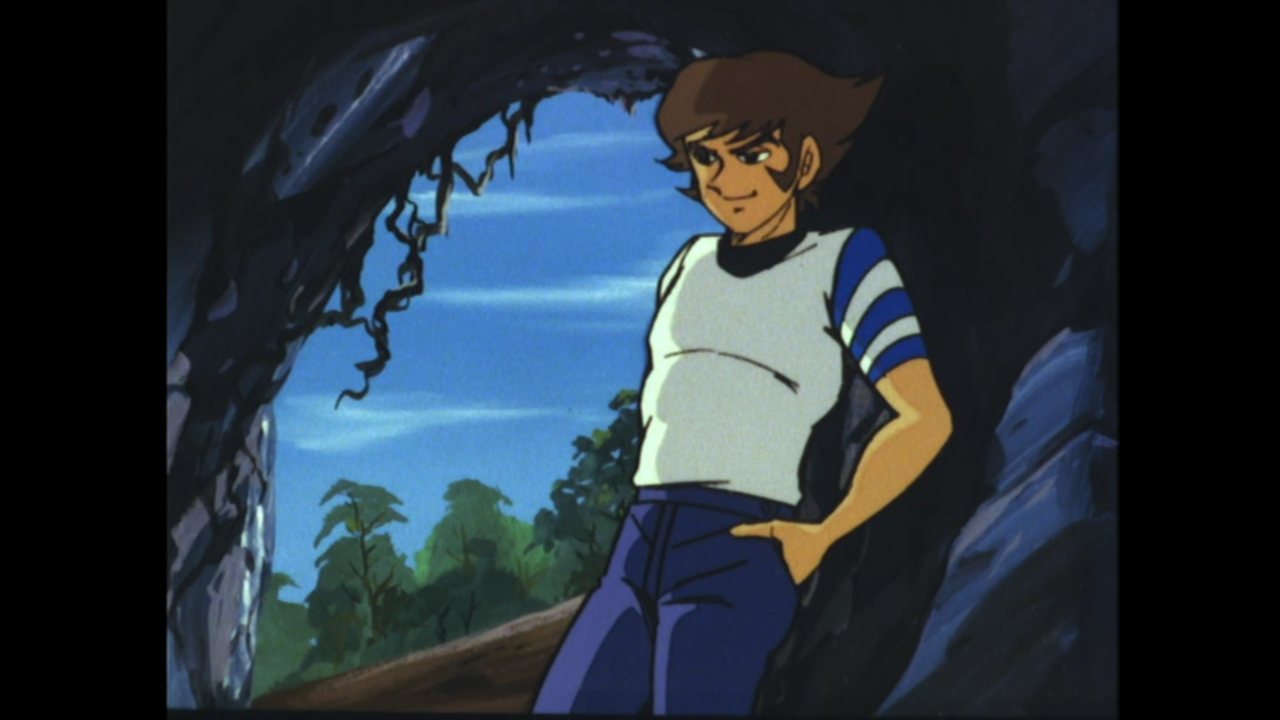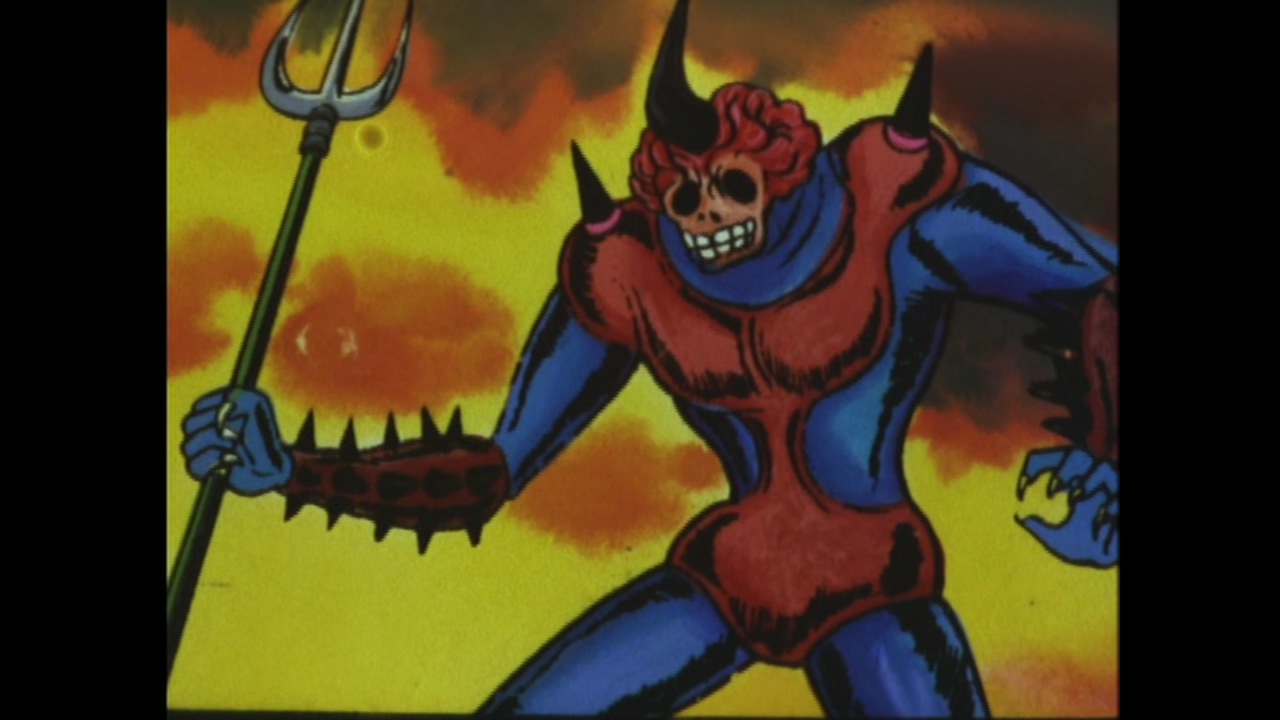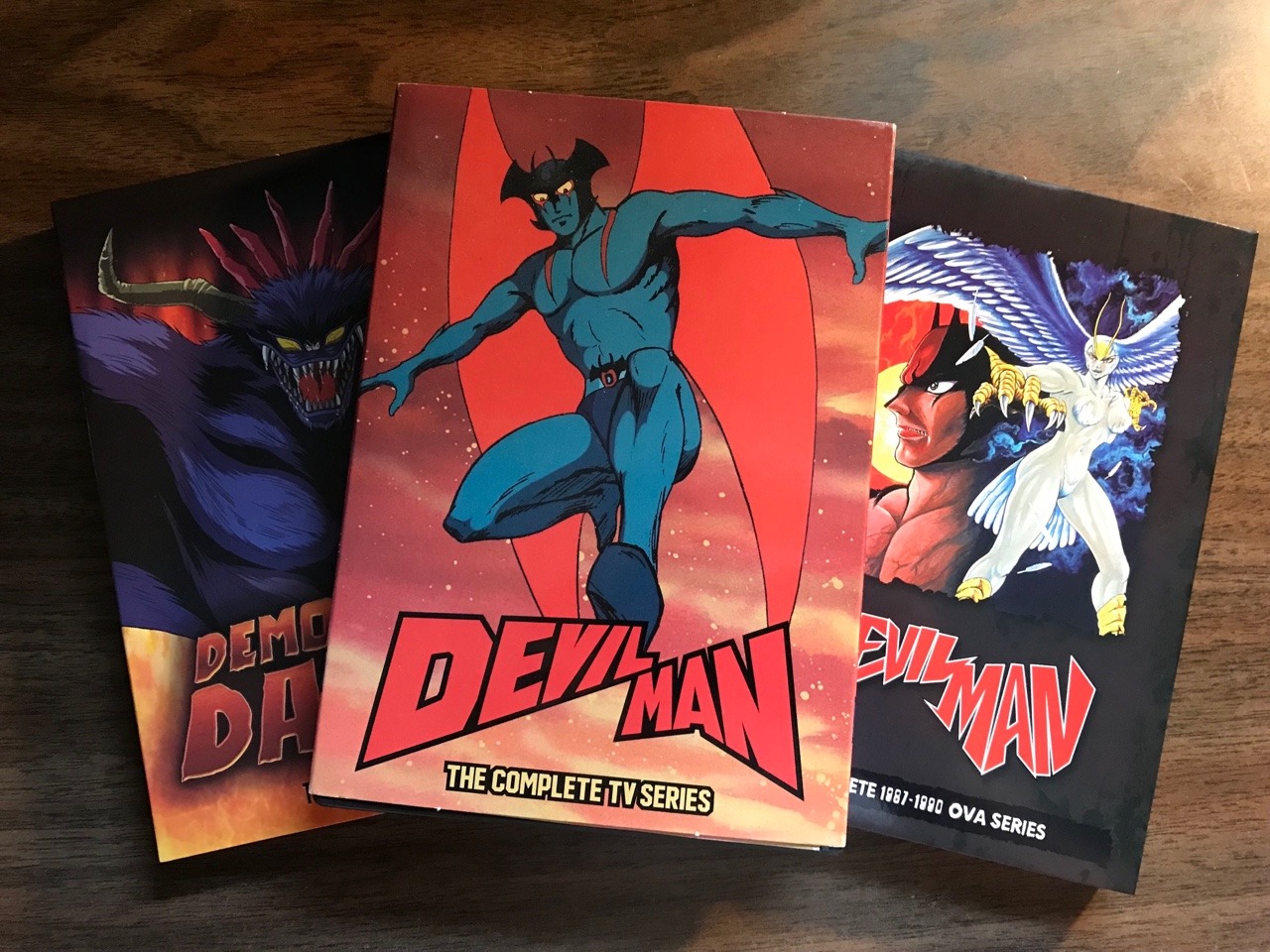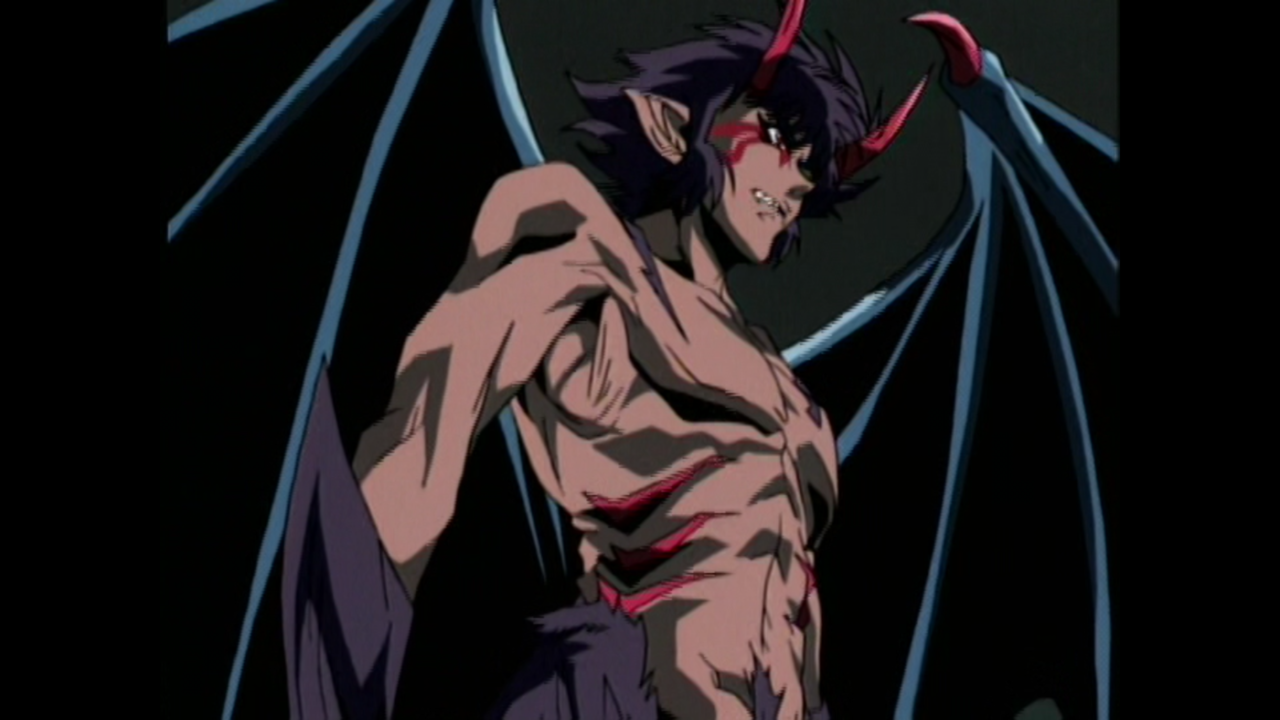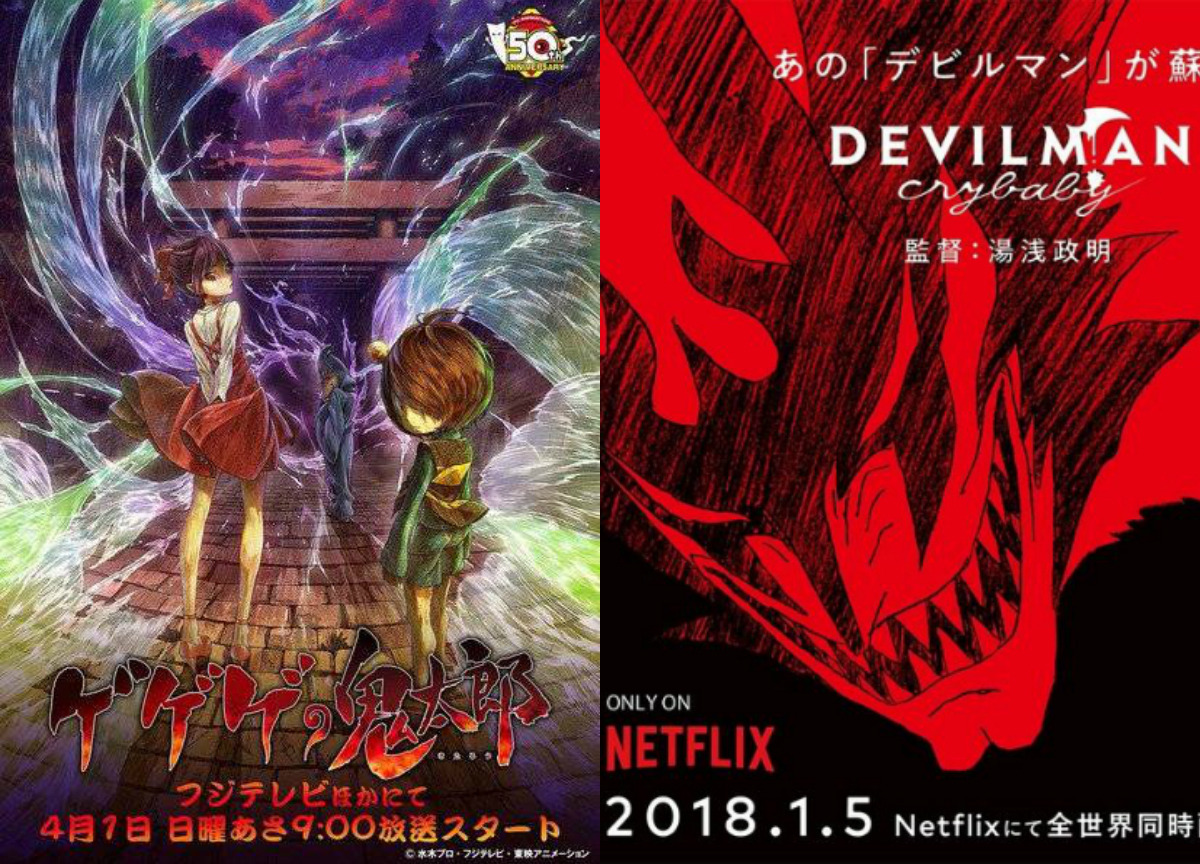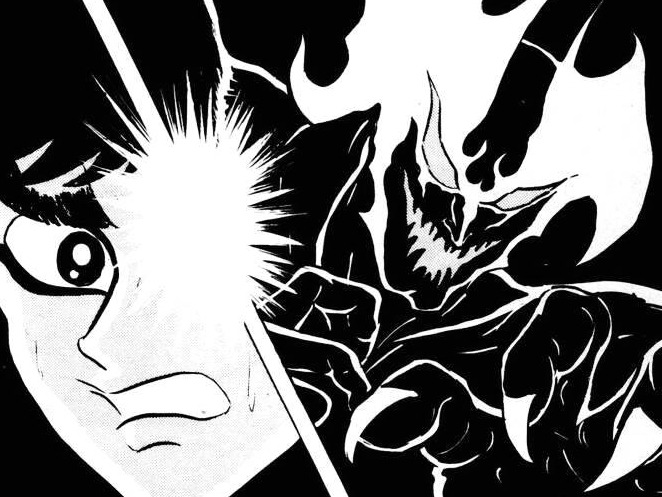The late Shigeru Mizuki’s Kitaro always was a hard series to get into in English--maybe that’s not too surprising given how heavy it is steeped in Japanese folklore, but for many it always felt unfair to miss out on such a well regarded part of Japanese animation and comics. Recently, this all changed with the newest television series: GeGeGe no Kitaro (2018) finally getting picked up for official simulcast release in North America, Latin America, Australia, New Zealand, South Africa, and Europe. Finally a large portion of the English market can watch Kitaro every week just like the fans in Japan. However this was not the first time that Kitaro came to the English market, so let’s talk about the other mainstream Kitaro release in English: the manga.
In 2013 the Canadian comic publisher Drawn and Quarterly released the conservatively named ‘Kitaro’, a collection of famous Kitaro manga chapters that were hand picked by translator
Zack Davisson (Devilman (1972), Captain Harlock (1977), Showa: A History of Japan (1988)) and approved by Mizuki himself. This collection stands at 8.7” tall and 6.4” wide, making it much larger than your average
manga volume--just about the same size as Seven Seas’ Classic Collection, for those who may be familiar with those releases. With such large paper, the book really gives Mizuki’s unique artwork the room it deserves
and is jam packed with over 430 pages of encyclopedia entries on yokai, essays about Mizuki himself, and of course the manga chapters. Have you ever been curious what the heck “Ge Ge Ge” even is? Well, these essays
will finally put that to rest! This book has everything a fan could want, and has been one of my absolute favorites in my entire collection.
Sadly, this particular book has since gone out of print. For the longest time you could still find it on the second hand market (i.e. used through Amazon, eBay, or Barnes and Noble) for
a fairly cheap price, but it lately has seemed to gone up quite a considerable amount since last I checked. Is it just a spike for Halloween?--I hope so. But fright not, as ‘Kitaro’ was just the first of many releases
Drawn and Quarterly would put out. In 2015, they announced that they will release 7 more volumes worth of Kitaro manga, each containing around 150 pages. The books in these releases are all still in print and can be found anywhere where manga is sold.
This new set of 7 Kitaro volumes starts with ‘The Birth of Kitaro’, where you guessed it, the chapters surrounding Kitaro's origins is the main focus. Each book continues this pattern where they have at least one major story arc, like ‘Kitaro Meets Nurarihyon’ covering chapters with one
of Kitaro’s greatest enemies: the Nurarihyon, and ‘Kitaro: The Great Tanuki War’ covering the Tanuki War story arc (fans of the recent 2018 anime should remember this story from episode 11: Conquer Japan!
The 808 Tanuki Army, and episode 12: Capital Annihilated! The Terrifying Yokai Beast). So far there has been a total of 5 volumes released, with the 2 remaining volumes coming next year. Each volume just like the original 2013 ‘Kitaro’
contains yokai encyclopedia entries, and essays about Mizuki. The subsequent essays in the 5 volumes I have so far as well as the 2013 ‘Kitaro’ have been a large part of my research for these latest
blog entries. Essays about the creators and their works are some of my favorite parts about classic manga releases, and these beefy essays by Zack Davisson really don’t disappoint.
I really have to say as a quick aside, that I’ve enjoyed flipping through all these manga volumes again and rereading a lot of the stories to get myself in a Halloween mood--not to
mention to also prep for all these recent Zero Frights blog posts. With the 2018 GeGeGe no Kitaro anime now covering The Great Yokai War--and giving it the premium treatment, no less--I have really enjoyed reading that story
again in particular, and laughing at the small things. Stuff like how Konaki Jiji drowns Frankenstein’s monster in the original, and how the Witch was just an ugly old hag before, but now we have two, very beautiful
witches--which don’t get me wrong, is pretty nice. I really have been enjoying this new modern take on The Great Yokai War, as well as most of the modernization in the show in general, but if Toei wants to bring back
Frankenstein’s Monster getting straight up murdered in cold blood by Konaki Jiji who proceeds to give zero fracks, I am game.
There is a part of me that loves that despite the fact that the major staying power of the Kitaro franchise is tied into the many television appearances it has enjoyed over the past 50 years
in Japan, that it was the manga that got a wide release in English markets first before any of the animes did. Shigeru Mizuki’s work has always had this mesmerizing nature to it, and while all the animes out there are
fantastic and capture a lot of his spirit, there is just something special about the work he did himself, the art he penned, the pages he storyboarded, and the way his Kitaro looks. I can’t get enough of Mizuki’s
mangas, and I am really glad that we finally have easy access to them in English. Now if you excuse me, I think I am going to read some more of his work and enjoy what’s left of this spooky time of year. Happy Halloween!


